What are Callus and Corns
Callus
Calluses on the feet are thickened areas of skin that develop due to repeated friction or pressure. Calluses can have causes that aren’t due to underlying disease. Examples include poorly fitting shoes, frequent use of tools or instruments, frequently walking barefoot or frequent friction to an area of skin.
They are a natural protective mechanism, but can cause discomfort if they become too thick or painful. Calluses are often found on the bottom of the feet, where they bear the brunt of weight and pressure.
The presence of excessive stresses on the upper layers of the epidermis may cause an increase in keratin production, leading to areas of skin that may be rough, thick, and yellow in colour. Calluses tend to occur over bony prominences exposed to repeated pressure, friction, and shear. It’s primarily composed of dead, hardened skin cells (keratinocytes) that have become overproduced in the outermost layer of the epidermis, known as the stratum corneum.
Causes:
- Friction and pressure:
Repeated rubbing or pressure against the skin, often from ill-fitting shoes or activities like running or walking, can lead to callus formation. There is very high probability of Callus formation with Bare foot walking. - Poorly fitted shoes:
Shoes that are too tight, too loose, or have rough seams can contribute to friction and pressure points that cause calluses. Slip-ons is one of the major reasons for callus development in the forefoot. When a person walks there is a tendency for slip-ons to slip off the feet and for the same reason one holds on to the toe stick firmly. This extra grip causes increased pressure and friction in the forefoot leading to callus formation. - Repetitive activities:
Activities like running or standing for long periods can place stress on the feet and lead to callus development. - Structural abnormalities:
Conditions like flat feet, high arches, or bunions can affect how weight is distributed on the feet, increasing pressure in certain areas. More about it in sections of these foot conditions. - Thickened skin:
Calluses appear as hard, thick patches of skin. Calluses can look grey or yellowish and may be less sensitive to the touch than surrounding skin. - Pain with activity:
Walking or standing can make calluses more painful, especially if they are on the balls of the feet or heels.
What can be done :
- Soaking:
Soaking the feet in warm water can soften calluses, making it easier to remove thickened skin. - Pumice stone or foot file:
Gently rubbing the callus with a pumice stone or foot file can remove dead skin. - Moisturizing:
Applying moisturizer regularly can help keep the skin soft and prevent calluses from becoming too thick.
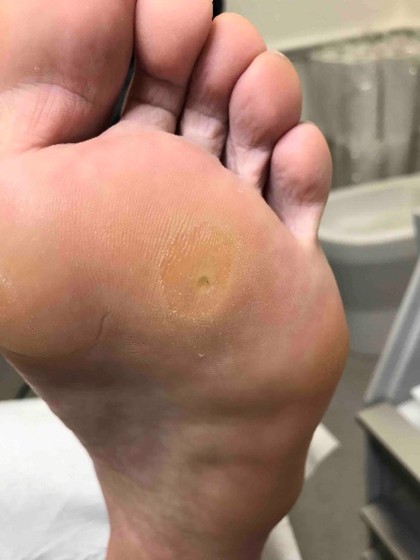
- Protective pads:
Using protective pads, such as silicon pads, can help cushion the affected area and reduce friction. - Proper footwear:
Wearing comfortable, well-fitting shoes can help prevent calluses from forming. - Orthotics:
In some cases, custom-made shoe inserts (orthotics) or may be necessary to address structural issues that contribute to callus formation.
Corns
Calluses are precursor to development of corns. Corn are more of inward directed callus of dead skin , typically cone shaped that forms at a pressure point near a bone, or on a weight-bearing part of the body.
Types of Corns:
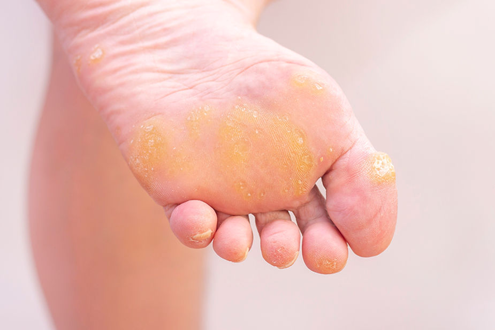
Hard Corns : Most common, caused by pressure and friction. Usually dry
Soft Corns : Whitish, Rubbery in texture. found between toes, is moist and painful. Prone to infections.
Seed Corns : Tiny corns, mostly caused by plugged sweat glands leading to accumulation of sweat within the skin. Having very dry, dehydrated skin can increase your risk of developing seed corn on your foot.
The causes of development of Corns is similar to that of Callus with major cause being foot deformities and improper walking gait.
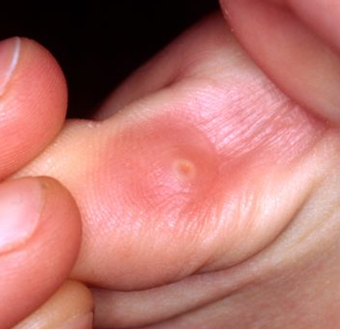
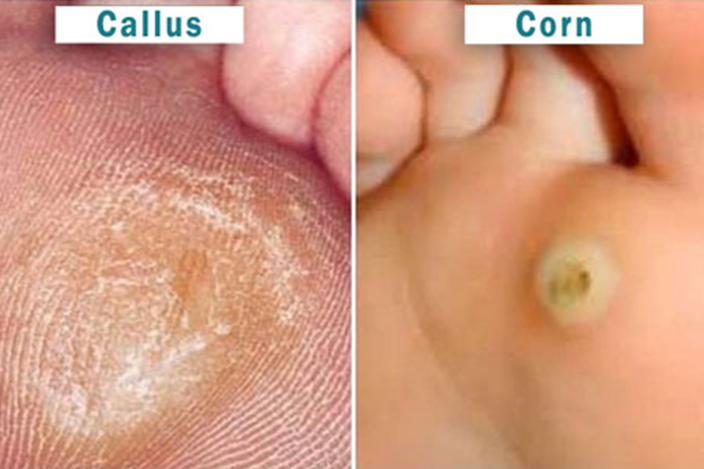

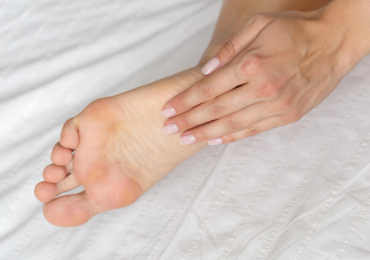
23 thoughts on “What are Callus and Corns”
Isaiah4292
July 26, 2025https://shorturl.fm/OjpdD
Jace3652
July 26, 2025https://shorturl.fm/mLukk
Cyrus3177
July 28, 2025https://shorturl.fm/dRZZi
Max1394
July 29, 2025https://shorturl.fm/Mj63n
Ana2747
July 29, 2025https://shorturl.fm/OVwkf
Jeremy3439
July 30, 2025https://shorturl.fm/d4KCM
Jasper2118
August 1, 2025https://shorturl.fm/ljC14
Roland719
August 1, 2025https://shorturl.fm/a0GEU
Connor2330
August 1, 2025https://shorturl.fm/loVEH
Camden1547
August 1, 2025https://shorturl.fm/aZqnM
Gracie2186
August 2, 2025https://shorturl.fm/9o9ai
Amira2053
August 2, 2025https://shorturl.fm/mos1j
Grayson1440
August 3, 2025https://shorturl.fm/xwRLA
Brooklyn1305
August 4, 2025https://shorturl.fm/YoxZY
Amber1040
August 4, 2025https://shorturl.fm/aPD1X
George2981
August 4, 2025https://shorturl.fm/Qj63E
Ellie4094
August 6, 2025https://shorturl.fm/avrdu
Gideon2386
August 8, 2025https://shorturl.fm/2QtvC
Oscar2331
August 11, 2025https://shorturl.fm/rO5jO
Kiera4568
August 12, 2025https://shorturl.fm/1ZhwG
Miles2796
August 12, 2025https://shorturl.fm/86EDX
Julian523
August 12, 2025https://shorturl.fm/pV95J
London1261
August 21, 2025https://shorturl.fm/vWpPN